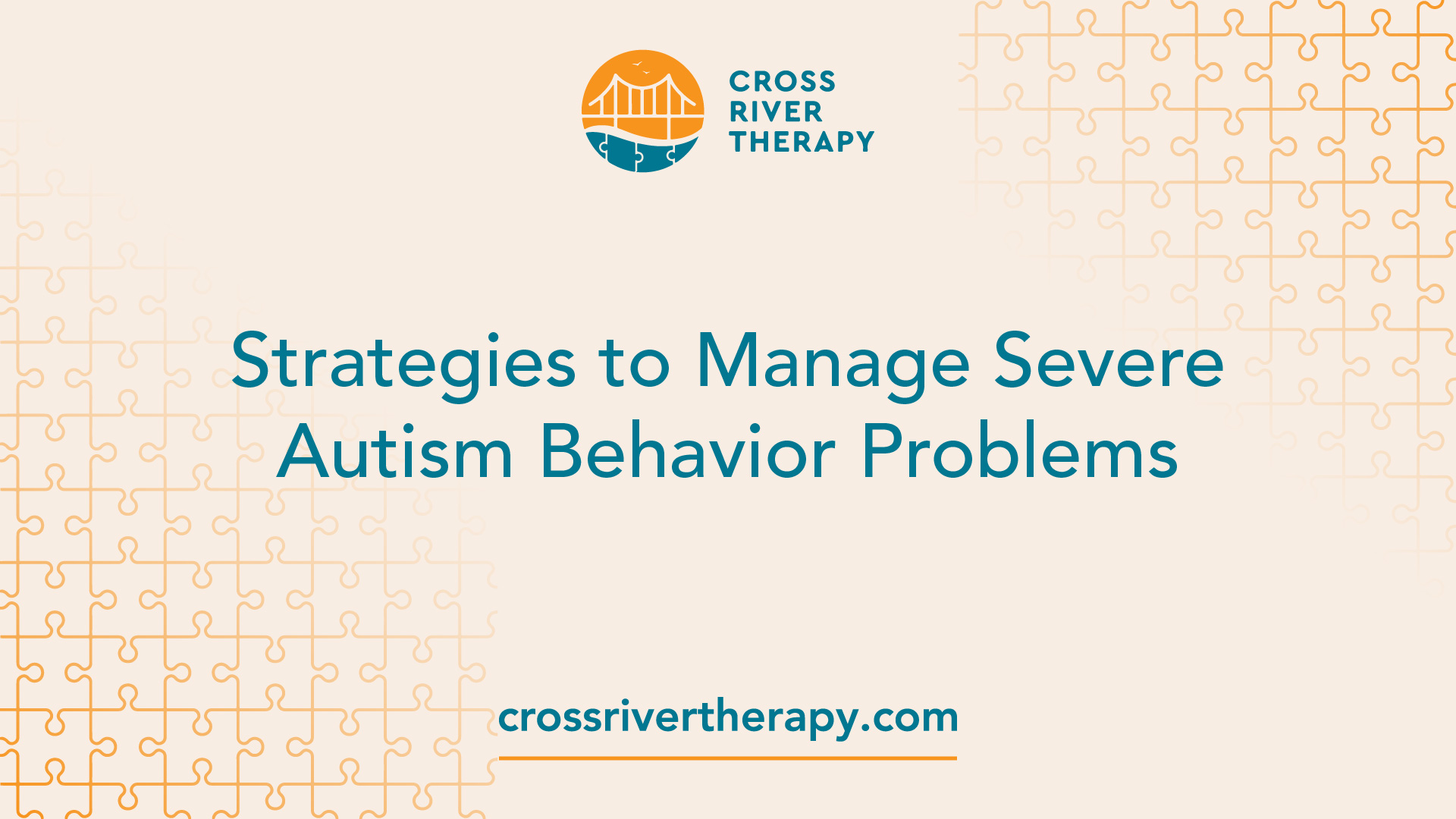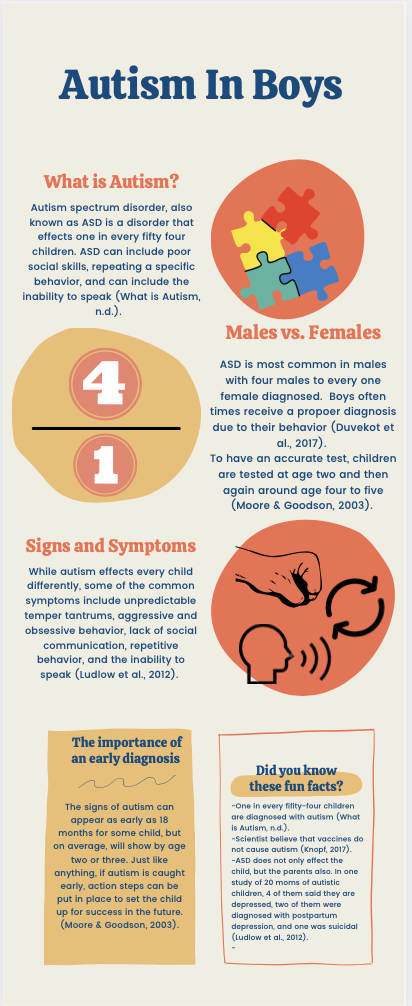What daily connections can flourish with guidance from Autism Spectrum Therapies specialists
What daily connections can flourish with guidance from Autism Spectrum Therapies specialists
Blog Article
Comprehending the Impact of Behavioral Autism on Daily Life and Social Interactions
You might not understand exactly how deeply behavior autism impacts life and social communications. Individuals on the range often navigate a globe loaded with interaction difficulties and sensory overload. These challenges can cause frustration and isolation, impacting their partnerships and general well-being. Understanding these nuances is crucial for cultivating helpful atmospheres. What approaches can we carry out to create even more comprehensive areas and significant links? The responses might surprise you.
Specifying Behavioral Autism and Its Qualities
Behavioral autism, commonly referred to as autism range condition (ASD), includes a series of conditions identified by obstacles in social communication, communication, and repetitive behaviors. You could observe that individuals with ASD usually struggle to translate social hints, which can bring about misunderstandings in conversations. They might discover it difficult to establish eye contact or participate in small talk, making social scenarios feel overwhelming.
Communication problems can show up in various methods, from postponed speech growth to a preference for utilizing less words. Repetitive behaviors, such as hand-flapping or rocking, can work as coping devices to take care of tension or sensory overload. These qualities can greatly impact everyday life, making it necessary for you to recognize and support those with ASD. By recognizing these qualities, you can cultivate an environment that promotes acceptance and urges reliable interaction, helping individuals with autism prosper in their day-to-day communications.
The Range of Autism: Comprehending Variability in Habits
Autism range disorder (ASD) isn't a one-size-fits-all medical diagnosis; it differs widely amongst people. You might encounter people that are very verbal and involve easily in discussions, while others may prefer singular tasks or communicate non-verbally.
Moreover, the method people with ASD reply to sensory input can differ significantly; some could be overwhelmed by loud noises or bright lights, whereas others prosper in stimulating atmospheres. The spectrum likewise consists of differences in social communications; some people may battle to interpret social hints, while others navigate social setups with family member ease. Comprehending this irregularity is crucial, as it helps you value each individual's distinct experience and tailor assistance to their specific requirements, cultivating a more inclusive setting for every person.
Communication Difficulties Dealt With by People With Autism
When you connect with people on the autism range, you may discover their one-of-a-kind communication difficulties. They usually deal with troubles with both nonverbal and verbal cues, which can affect their social communications. Understanding these barriers is crucial for cultivating much better links and support.

Verbal Interaction Problems
Numerous individuals on the autism range experience spoken interaction troubles that can significantly influence their daily interactions. You may locate it testing to share your ideas, sensations, or requires plainly. This can lead to disappointment for both you and those around you, as misconceptions take place. You may fight with launching conversations, preserving a subject, or recognizing nuances in speech. Often, you could prefer utilizing straightforward language or recurring expressions, which can restrict your ability to participate in deeper discussions. Your tone, speed, or volume could not straighten with social assumptions, creating others to misinterpret your intents. Acknowledging these difficulties can help you and your support network create methods to enhance communication and cultivate far better connections with others in your day-to-day life.
Nonverbal Communication Obstacles
Verbal interaction isn't the only difficulty individuals on the autism spectrum face; nonverbal interaction obstacles can be simply as significant. These challenges can lead to misunderstandings or false impressions of social cues, making communications really feel frustrating or complex. By dealing with nonverbal communication, you can find techniques to improve your social experiences and improve your general high quality of life.
Social Interaction Effects
Social interactions can frequently really feel overwhelming due to the one-of-a-kind communication obstacles dealt with by people with autism. Acknowledging these best site obstacles can assist you find approaches to improve interaction, such as practicing social abilities in safe setups or using aesthetic help. Understanding your requirements permits you to navigate social interactions with greater confidence and convenience.
Social Interaction and Connection Structure in Autism
While building connections can be testing for individuals with autism, comprehending their one-of-a-kind viewpoints and communication designs can promote meaningful connections. You could notice that lots of people on the range prefer direct interaction and might battle with social cues or small talk. By being simple in your communications, you can help produce an atmosphere where they really feel comfy.
Make the effort to observe and pay attention just how they share themselves. This insight can direct you in guiding discussions more efficiently. Involving in shared passions can additionally act as a bridge to much deeper connections. Whether it's a leisure activity, a favorite show, or a mutual passion, these typical strings can open up doors to relationship.
Every Day Life Routine: Navigating Approaches and obstacles
Maneuvering day-to-day life routines can be specifically testing for individuals with autism, specifically when unexpected adjustments happen. To navigate these obstacles, think about implementing aesthetic schedules or lists.
Developing a regimen that includes sensory breaks can likewise be beneficial. This assists create an understanding environment.
Lastly, method mindfulness methods to take care of tension and anxiousness. Simple breathing exercises or basing techniques can make a substantial difference. By integrating these approaches, you can enhance your daily regimen and decrease disruptions, making life feel extra manageable.
Staminas and Capabilities of People on the Autism Range
Recognizing day-to-day life regimens is simply one facet of the autism experience. Lots of people on the autism range have impressive toughness and capacities that establish them apart.
In addition, your memory abilities often shine, specifically in locations of passion. Autism Spectrum Therapies. This knack for retaining information can make you a beneficial source in areas like art, scientific research, or innovation. You may also show strong visual thinking, enabling you to envision complicated concepts and solve troubles creatively
Additionally, your special point of view on the world can cultivate empathy and understanding in others, enriching social communications. Embracing these toughness not only enhances your self-confidence but likewise assists others value the diverse talents you bring to the table.
Developing Comprehensive Atmospheres for People With Autism
Producing inclusive atmospheres for people with autism begins with designing sensory-friendly rooms that accommodate their one-of-a-kind requirements. You can additionally foster possibilities for social interaction, aiding to build relationships and links. By making these adjustments, you'll add to a much more inviting atmosphere for everybody.
Designing Sensory-Friendly Spaces
While creating sensory-friendly areas, it's crucial to reflect on the one-of-a-kind needs of people with autism. Integrate quiet areas where people can pull back and charge when overwhelmed. Consist of aesthetic timetables or clear signs to assist individuals browse the area confidently.
Promoting Social Communication Opportunities
Creating sensory-friendly spaces not just addresses private comfort but likewise establishes the phase for significant social interactions amongst individuals with autism. To advertise these communications, create comprehensive atmospheres that invite involvement. Organize organized activities, like art courses or group video games, that motivate partnership without frustrating sensory input. Use visual help and clear communication to aid everyone involve easily. Encourage peer mentoring, coupling individuals with autism with encouraging peers that can direct them via social circumstances. In addition, consider organizing normal community occasions that celebrate neurodiversity, promoting approval and understanding among all individuals. By executing these approaches, you can improve social possibilities, assisting people with autism build friendships and reinforce their social skills in a risk-free, inviting atmosphere.

Often Asked Inquiries
How Can Friends Support Someone With Behavioral Autism?
You can support a buddy with behavioral autism by being individual, use this link paying attention actively, and appreciating their boundaries. Engage in tasks they enjoy, communicate openly, and develop a comfy atmosphere where they feel valued and comprehended.
What Resources Are Offered for Parents of Children With Autism?
You can check out different sources for moms and dads of youngsters with autism, consisting of assistance groups, educational internet sites, and regional social work. Getting in touch with other moms and dads can likewise offer valuable understandings and shared experiences to help browse difficulties.
Can Behavioral Autism Adjustment Gradually?

Yes, behavior autism can change in time. You could discover changes in interaction, social skills, and actions as your kid expands. Early intervention and support usually play important duties in these developmental modifications.
Just How Do Sensory Sensitivities Affect Day-to-day Live?
Sensory sensitivities can make everyday experiences overwhelming. You may have problem with bright lights or loud noises, bring about tension or evasion. Locating environments that accommodate your requirements can substantially boost your comfort and overall life.
What Prevail Misconceptions Concerning Behavioral Autism?
You could think behavioral autism only impacts interaction skills, however it's more complicated. Lots of think people do not have compassion or knowledge, which isn't real. Recognizing these mistaken beliefs assists foster approval and assistance for those on the range.
Behavioral autism, frequently referred to as autism range problem (ASD), incorporates an array of problems identified by difficulties in social communication, interaction, and repeated habits.Social interactions can typically really feel frustrating due to the unique communication challenges dealt with by people with autism.Creating sensory-friendly areas not only addresses private comfort but additionally establishes the phase for significant social interactions among individuals with autism. Motivate peer mentoring, matching visit their website individuals with autism with encouraging peers that can direct them through social scenarios. By applying these strategies, you can boost social possibilities, assisting individuals with autism build relationships and reinforce their social abilities in a secure, inviting environment.
Report this page